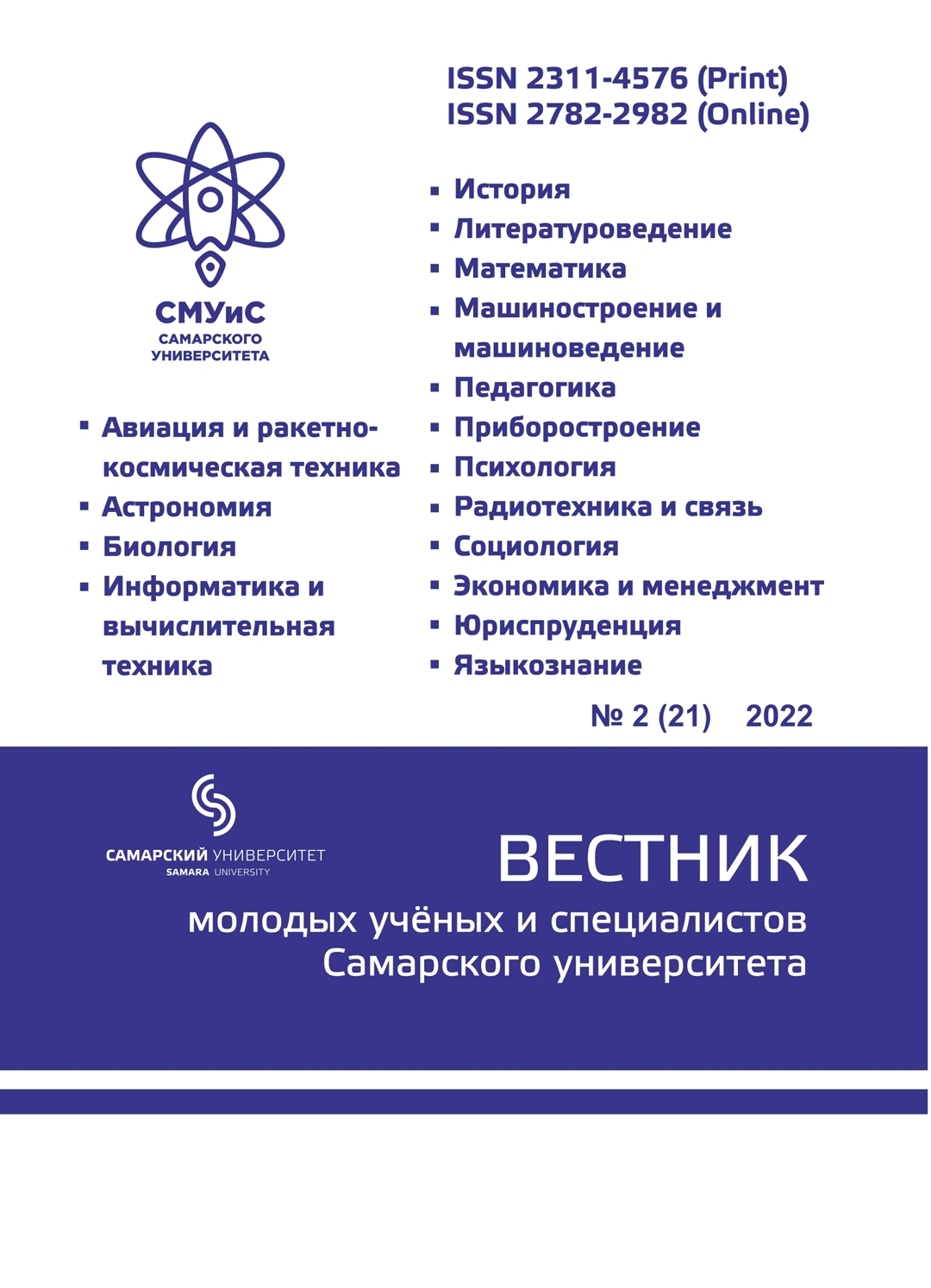COMET C/2017 K2 PANSTARRS: QUANTITATIVE ANALYSIS OF ITS MAIN PROPERTIES. ESTIMATION OF THE COMET MASS LOSSES WHEN IT PASSING THE ORBIT PERIHELIUM
- Authors: Philippov J.1
-
Affiliations:
- Samara University
- Issue: No 2(21) (2022)
- Pages: 38-49
- Section: Astronomy
- Published: 09.08.2023
- URL: https://vmuis.ru/smus/article/view/10883
- ID: 10883
Cite item
Full Text
Abstract
In this work, a quantitative analysis of the main physical properties of relative bright long-periodic comet
C/2017 K2 PANSTARRS is shown. For this, the article presents a review of the basic concepts of the
celestial bodies photometry. A detailed analytical solution is presented for the spherical nucleus radius of
a comet with use of the photometric method. Special attention is paid to the difficulty of determining
the radius for a given comet using the photometric method, due to the exceptionally early activity of
its nucleus on its approach to the Sun. Using the model of a multicomponent spherical nucleus and the
optical-geometric method for determining the average mass density of the comet nucleus, the intervals
of possible values for the average mass density, mass and porosity of the nucleus are represented. It is
shown that Comet C/2017 K2 PANSTARRS has a massive nucleus, which is above average in size and
density, while having a sufficiently high porosity. The calculations are made for mass losses of the comet
nucleus, changes in its radius during one rotation period with use of the improved Whipple model. The
remaining number of revolutions around the Sun and the life time are also determined. Numerical analysis
is performed on the example of a monocomponent nucleus of water ice. It has been demonstrated that
the numerical values for the mass loss of the nucleus of comet C/2017 K2 PANSTARRS and changes in
its radius are higher than those of other long-period comets. It is due to large the size of the nucleus
and the presence of a large amount of water ice on its surface.
Full Text
см. pdf-файл
About the authors
Jury Philippov
Samara University
Author for correspondence.
Email: juphil@ssau.ru
доцент кафедры общей и теоретической физики, к.ф.-м.н.
Russian FederationSupplementary files





